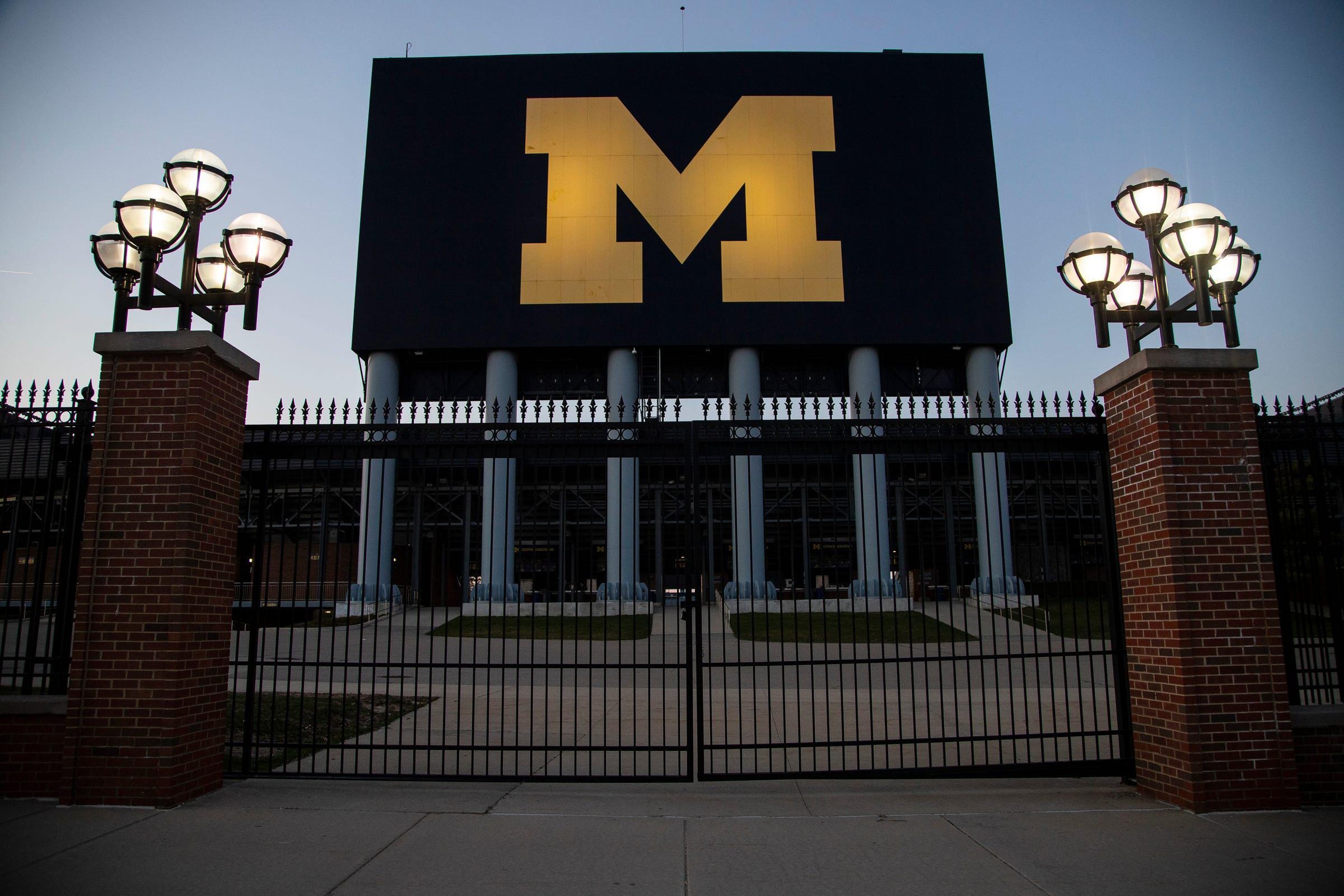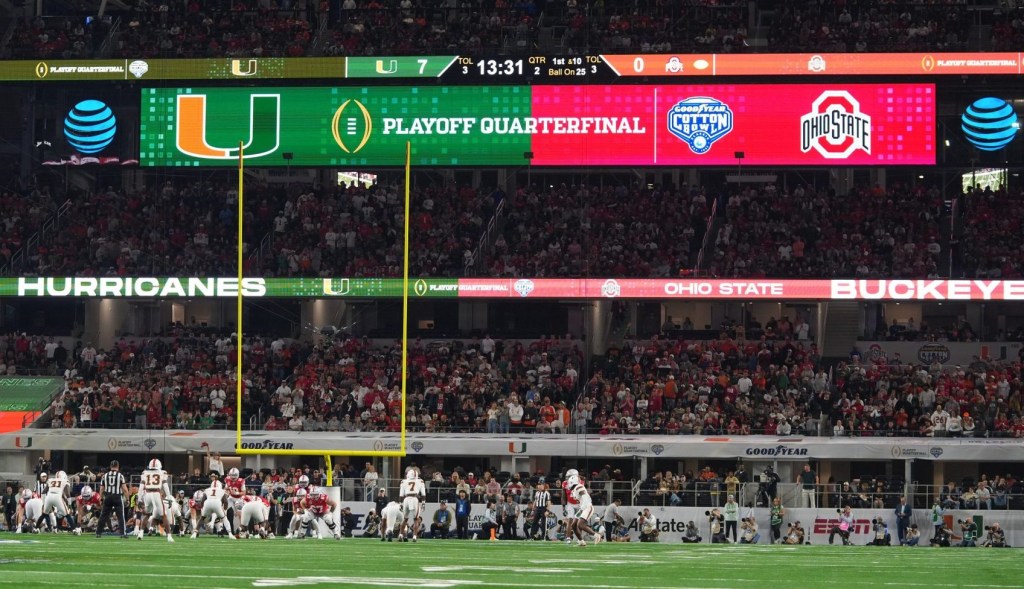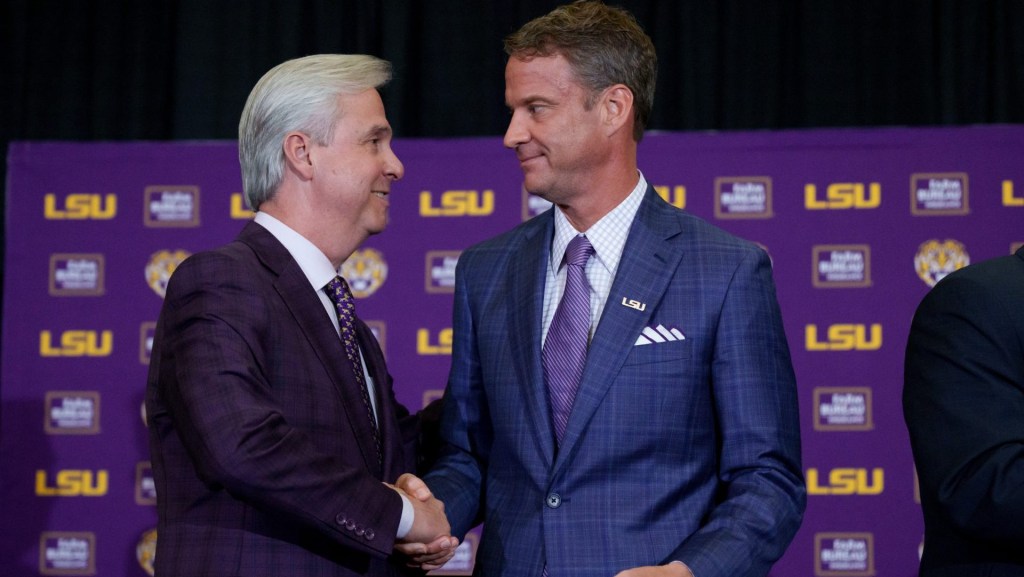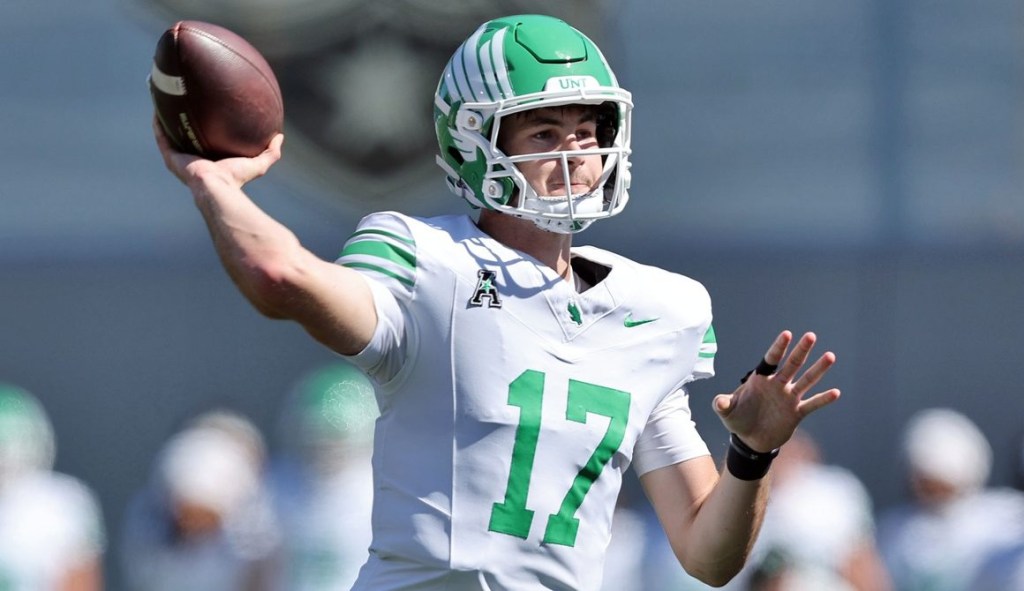College sports venues are providing large, accessible centers to facilitate the final step in the COVID-19 vaccine supply chain. Communities will finally receive their vaccinations in stadiums like Michigan’s Big House and Missouri’s Memorial Stadium.
“It’s the last mile which is really critical,” Illinois computer science professor Sheldon Jacobson told FOS. “We need large venues, and there are not that many large venues available.”
The Overview
“Urban areas” with “well-established transportation systems” could benefit the most from using college stadiums as vaccination sites. They’re best positioned to control the “flow” of crowds, said Jacobson, who has been developing models to inform vaccine distribution decisions since the 1990s.
But because crowds could still heighten the risk of spread, a small community might be better served with several smaller vaccine sites, rather than one stadium where the risk of transmission may be higher, Jacobson said.
“I always get very concerned when people try to come up with one size fits all solutions,” Jacobson said.
Now that the season has ended, many large FBS football stadiums are readily available. Hard Rock Stadium in Miami, for example, paused its vaccination effort the day of the College Football Playoff National Championship.
Though there’s concern the risk for contracting COVID may be higher at indoor arenas, Jacobson said they can still be useful in places where weather is too cold as long as people wear masks.
Indoor arenas will still have to juggle college basketball schedules with vaccine distribution until the regular season concludes.
Remaining Problems
Two major issues remain, according to Jacobson: A shortage of healthcare workers who can administer vaccines at the needed rate, and a potential need for booster shots in the future, when stadiums are no longer available.
Stadiums “provide a short-term solution, but they don’t give us the long-term solution,” Jacobson said. “Eventually, people want to be able to use these arenas for what they were designed.”

















